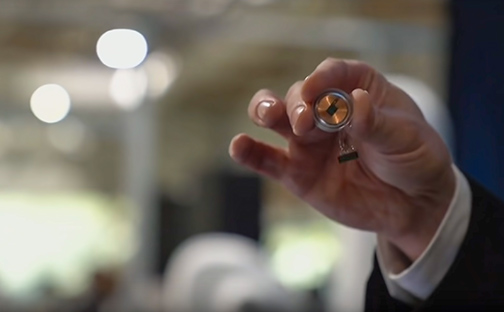
Elon Musk, the entrepreneur best known for Tesla and SpaceX, recently received the FDA’s “breakthrough therapy designation” for Neuralink. If it works as planned, the device will allow users to control computers and other electronic devices with their thoughts.
Neuralink is the latest entrant into the rapidly-advancing field of brain computer interface, the origins of which date back to the early 2000s. In recent years researchers have made significant strides, allowing study participants to control everything from video games to robotic arms, generating excitement about the implications of the technology for people with spinal cord injuries and other neurological disabilities.
The FDA designation, which Musk announced at an August press conference, is designed to expedite the approval process for technologies that are “intended to treat a serious condition and preliminary clinical evidence indicates that the drug may demonstrate substantial improvement over available therapy.” Musk also announced that Neuralink’s first round of clinical trials will feature users with spinal cord injuries, though he did not give specifics on the scope or start date of those trials.
At the same press conference, Musk claimed the Neuralink may one day be used for everything from recording and retrieving memories to streaming music directly to your brain. Many other researchers working on BCI view these grander pronouncements with a good deal of skepticism, but agree Neuralink’s hardware does look like a step up from much of what’s currently being tested.
Musk has made clear that BCI is a technology he thinks everyone, disabled or not, should use someday, and he’s investing like he believes it. That alone gives BCI an advantage over every other spinal cord injury research field.
** This post was originally published on https://www.newmobility.com/2020/09/neuralink/

